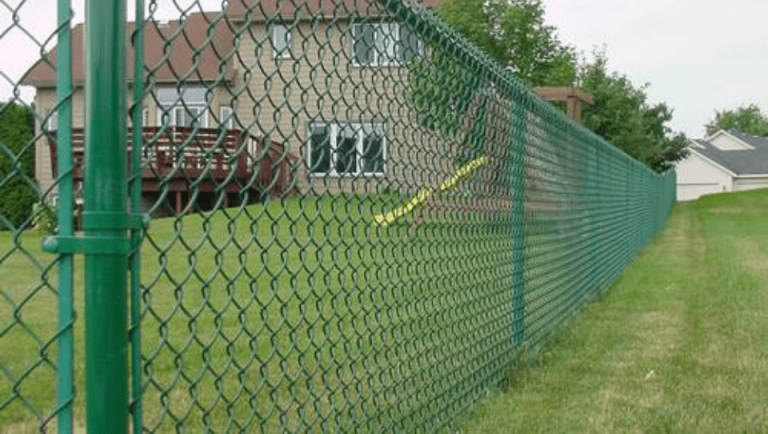DIY Outdoor Chair Makeover: Transforming Old Chairs Into Stylish Seating
A chair makeover is an excellent method to modernize the appearance of an old piece of furniture. Various methods exist, ranging from easy solutions like paint and fabric to more involved processes like reupholstering or decoupage.
These inventive chair makeovers will inspire you to start your project, whether colorfully painting an old chair or fully revamping it with fabrics and stencils.
Here are some incredible ideas for repurposing old chairs into vibrant accent pieces for your house. With all these methods and suggestions, you’ll start wondering what you might do with those old chairs lying around the house.
How can we give more life to a chair?
Use one of these ways to revamp an old chair and give it a new look. Outdoor chairs may be quickly and easily transformed by applying various decorative techniques, such as stencils, paint, fabric, and decoupage. Get creative by adding patterns and color or experimenting with weaving or fabric painting.
1. Remove the previous coatings
Although it’s not for the faint of heart, and especially not for those who suffer from respiratory problems, removing your old furniture may be a cost-effective and satisfying project.
Equipment for the job
Safety goggles, chemical-resistant gloves, a work apron, brushes, scrapers, steel wool, and a solvent respirator with new filters are all necessary items, as are chemical strippers (keep in mind that the more hazardous ones are also the ones that operate quicker).
How to perform?
Take the item outside or to a garage with good ventilation and remove any fasteners. To avoid inhaling the chemical stripper’s toxic vapors, you must wear protective clothing (see the list of items provided above).
The paint ought to immediately begin to bubble up as you apply the stripper with the brush. To remove the old paint, use a scraper or steel wool. To finish removing the stripper, treat the item with mineral spirits or denatured alcohol.
2. Give wooden furniture a stain.
Staining, instead of painting, may bring out the natural wood grain in older solid wood furniture pieces. The homeowners scrubbed the wood dining table of its orange stain and gave it a beautiful black polish.
Equipment for the job
The following items are required: sandpaper, wood conditioner, gloves made of rubber or nitrile, wood stain, a sponge, and polyurethane varnish.
How to perform?
Once the wood has been stripped, use sandpaper to smooth it out and vacuum or rub off any dust. The finish will apply more smoothly if you apply wood conditioner beforehand.
Apply wood stain evenly using a soft cloth (you might need more than one layer) and then seal it with polyurethane.
3. Recover a vintage piece of furniture
Taking on a DIY upholstery project requires a certain level of competence, but it is certainly doable for those who are patient and open to learning.
Advice:
Snap pictures while you disassemble the chair and keep the fabric scraps for future use.
When to seek help?
If there are structural problems or unpleasant springs in your item. Rebuilding your chair is a job best left to experts; trying this at home for the typical individual isn’t recommended.
4. Liming, pickling, and whitewashing
Several techniques exist for producing the effect of whitewashing or fading. They are all similar in that they lighten wood while preserving its grain.
Equipment for the job
Tools needed: sandpaper, a brush made of brass or copper, liming wax, liming solution, primer, soft rags, and either clear polyurethane or clear wax.
How to perform?
To improve the whitewash’s adhesion, rough up the wood with a copper or brass brush. Sand the surface with sandpaper, then wipe off the dust or vacuum it.
Use liming wax, liming wash, or a mixture of primer and water to brighten the wood. To apply, use a cloth. Use fine steel wool to remove any leftover wax, and then seal the surface with clear wax if you’re using wax. After applying a primer or liming solution, use a cloth to remove excess. Apply a layer of polyurethane to the finished product once it has dried.
5. Using milk paint
True milk paint, the most eco-friendly option, is manufactured with milk; it’s powdered and mixed by hand. It works on both raw and finished wood surfaces, is safe, and comes in a fantastic choice of customizable colors.
6. Oil and latex paints
Which one should you pick first? Because latex paints are water-soluble, cleaning up afterward is as simple as rinsing your instruments in a basin of water.
Extra care is needed when working with oil-based paint: You should undertake the cleanup using strong chemical solvents; working outside is preferable due to the fumes; and you are required to transport any leftovers to a hazardous waste facility. Some argue that oil-based paints have deeper colors and better coverage.
Equipment for the job
Painting supplies: tiny foam rollers, sandpaper, drop cloths, primer, latex or oil paint, and oil paint solvent.
How to perform?
Disassemble the unit by removing the drawers and hardware. Place it on a drop cloth and support it with bricks or wood blocks. Remove light dust by sanding gently. If necessary, use painter’s tape to seal the drawer edges. After the first layer of primer has dried, apply a second coat.
To avoid brush strokes when painting, use a little roller. Allow ample drying time in between applications, then begin painting from the top down.
In the end!
There you have it! Your repurposed chair is now ready to elicit screams of awe from onlookers! Do you want to know additional do-it-yourself ways to update worn-out chairs? You may revive your old chair with these do-it-yourself methods.






